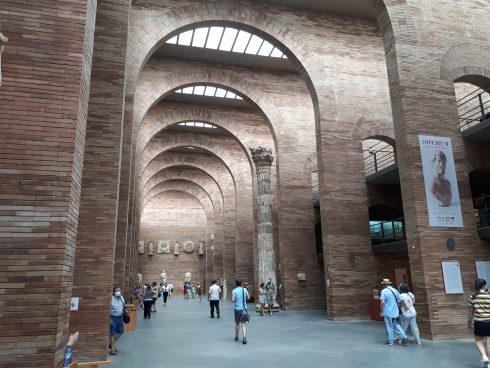THE city of Merida boasts the best-preserved Roman ruins outside Italy, and without the crowds.
Founded in 25BC, Augusta Emerita as the city was then known, served as the capital of Rome’s westernmost province, Lusitania.
Today a modern city stands where Romans once dwelled, architecturally unremarkable except for the very notable fact that Roman ruins are everywhere.

A bridge spans the Guadiana river, its 60 pristine stone arches making it the longest Roman bridge still standing on the peninsula.
A short walk from the river banks, just steps away from a bustling commercial centre is a Roman theatre, which each summer plays host to an international festival of classical drama.

One stifling July night as the sun went down and the temperature dipped below 35ºC, I was among the several thousand spectators to settle down to watch the Shakespearean tragedy of Anthony and Cleopatra.
Just like in ancient times, men and women in Roman garb played out political intriques and epic battles before an enraptured audience.

Thankfully there is no such revival of the sports that once took place in the equally well preserved amphitheatre alongside. It was here that the crowds came to watch gladiatorial combats that pitted man against man and beast against beast. To the death.
The theatre itself is bereft of the pantheon of statues that would have once adorned it, but many of them can be seen in the impressive National Archaeology Museum housed next door.

The artefacts on display tell the story of a city where the past is very much alive. A delicately sculpted bust of Augustus was only recently discovered during renovations of a local pharmacy, while the demolition of a local jamon factory unearthed a cache of Roman treasures.

Fine mosaic floors are regularly revealed beneath the foundations of newer houses.
Turn a corner from a busy shopping street and you are met with the soaring columns of a Temple to Diana, where folk still meet and gossip seeking respite from the sun in the shade of its gigantic pediment.
READ ALSO:
